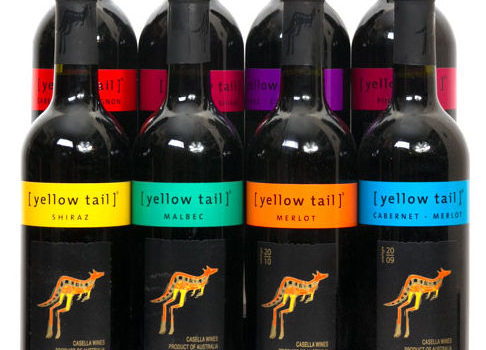The Strategy Canvas is an important analytical tool from Blue Ocean Strategy. How do you use it in your business strategy to illustrate how your company differs? Learn more about the Strategy Canvas here.
Strategy Canvas from Blue Ocean Strategy


The Strategy Canvas is an important analytical tool from Blue Ocean Strategy. How do you use it in your business strategy to illustrate how your company differs? Learn more about the Strategy Canvas here.

How did Yellow Tail Wines use the blue ocean strategy to become a market leader in the ultra-competitive wine industry? Learn how Yellow Tail built a unique strategy canvas and used the eliminate/reduce/raise/create actions to build a truly unique wine.


What is Blue Ocean Strategy? Learn the definition of blue ocean strategy and the meaning of creating blue oceans here.

How does the Four Actions Framework help you build your Blue Ocean Strategy? Learn the Eliminate-Reduce-Raise-Create grid here.

The Lean Startup uses the term “Validated Learning.” What does this mean? How does it differ from normal learning, and what does the “validated” mean?
Learn from Eric Ries how to conduct validated learning in your startup.

Now that you’ve figured out an offering that offers superior utility to the customer, you need to figure out how to price it. How much should you charge for your blue ocean strategy product?
Blue Ocean Strategy recommends using the price corridor, a way to maximize the success of your strategy. What is a price corridor, and how does it depend on your business? Learn more here.

In a lean startup, how do you figure out if you’re actually making progress? It’s with innovation accounting. Learn the principles of innovation accounting here, along with examples.

You’ve heard about startups building new products and services to change the world. But what, exactly, is a startup? And who are startup founders? Learn the proper definition of startup here – it’s not what you might think.

The final substantive chapter of Lean Startup discusses innovation in a large company and internal startups, in the form of an innovation sandbox.
If growth is your goal and you achieve it, you’ll keep growing your startup to 10, 100, 1,000 people. How do you keep innovating to grow new lines of business while keeping existing products competitive? How do you prevent yourself from being bogged down by process?

When you face a problem, how do you figure out what the root cause was? How do you learn what the right problem to tackle is?
The solution is the Five Whys: keep asking Why until you find the problem. But how do you do it correctly, and what pitfalls are there in the 5 Whys Analysis? Learn from this Lean Startup guide.